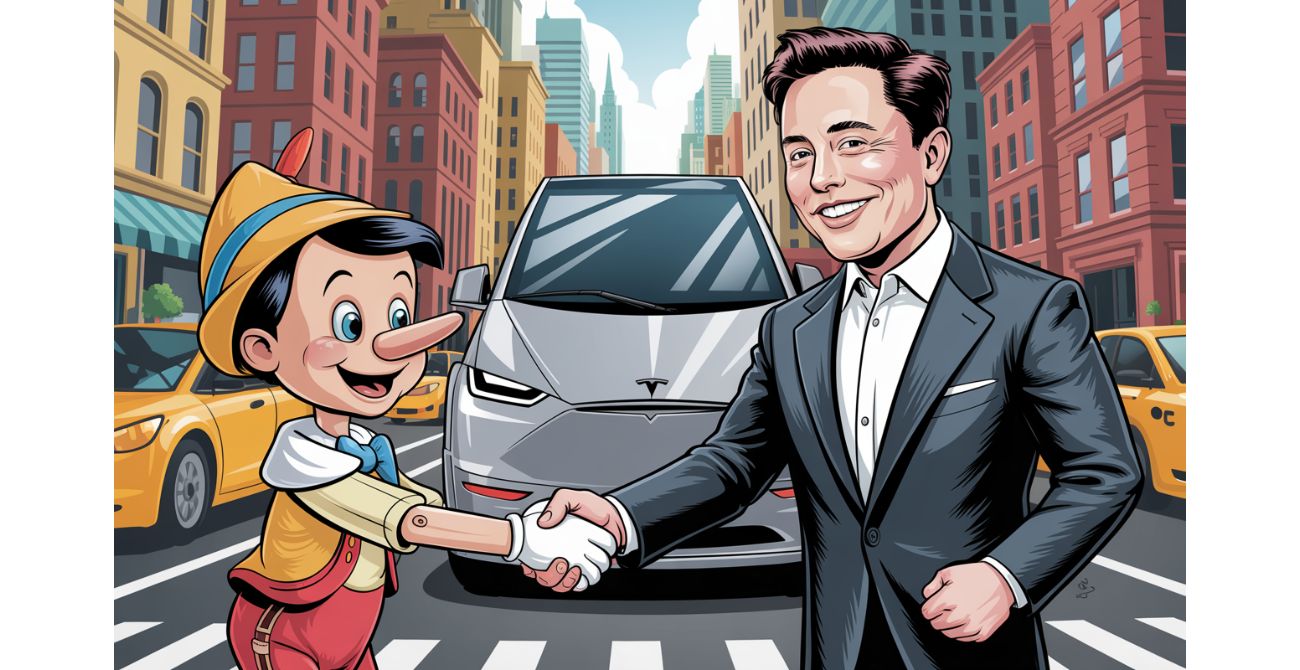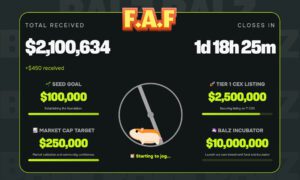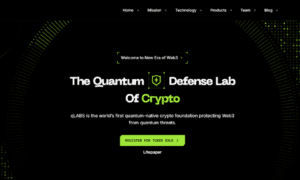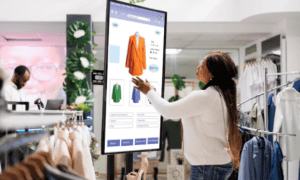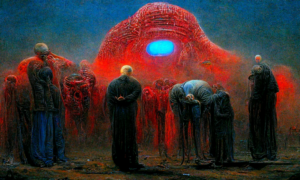PINOSALE, once known as a meme coin with a playful premise and a quirky “Find the Lie” mechanic, is now making headlines for a far more serious reason: it has announced confirmed partnerships with Tesla and Disney. These aren’t mere marketing stunts—they’re poised to give the token real-world utility in ways few would have expected.
Tesla Eyes $PINO as a Payment Option
As outlined in its official roadmap, PINOSALE is slated to be integrated into Tesla’s payment system in 2025. If all proceeds as planned, customers will be able to use $PINO to pay for:
- Tesla vehicles
- Charging services
- Official accessories and upgrades
The partnership would mark one of the first times a meme-origin token could be used to purchase physical goods from a globally recognized tech company. In the world of crypto, where hype often trumps delivery, this is the kind of move that turns heads—and perhaps changes minds.
Disney Joins the Table: Beyond Streaming
PINOSALE’s ambitions don’t stop with electric vehicles. The project is also in talks with Disney to integrate $PINO into its broader ecosystem, including:
- Theme park payments
- Disney+ subscriptions
- Merchandise and collectibles
For a company as brand-conscious as Disney, the decision to partner with a meme token isn’t just unusual—it’s practically unprecedented. But it also reflects a growing openness among major corporations to experiment with blockchain applications that go beyond NFTs or metaverse activations.
A Signal the Industry Shouldn’t Ignore
These two partnerships send a strong message. Crypto isn’t just about code or charts anymore—it’s about credibility through culture. By associating with brands that have earned global trust, PINOSALE has gained something no audit report can provide: recognition from entities outside the crypto bubble.
And while some may dismiss this as an anomaly, others see a broader trend taking shape—one where crypto’s future won’t be built by protocol design alone, but by how well tokens integrate into the real world.
Designed for Longevity, Not Just Headlines
The structure behind PINOSALE supports its ambitions. Out of its 100 billion token supply:
- 15% is allocated for partnerships
- 0% is reserved for the team
- The rest is transparently divided between presale, development, marketing, and community rewards
This distribution tells a different story than the typical “pump and dump” meme project. With no insider advantage and a significant chunk earmarked for real-world integration, the project appears built for something beyond virality.
A New Blueprint for Meme Coins?
PINOSALE is doing something unusual: it’s keeping its meme roots intact while building out genuine infrastructure. The project blends satire with structure, allowing it to occupy a unique space between cultural commentary and technical execution.
Instead of abandoning its origins, PINOSALE is doubling down on its identity—only now, that identity includes potential use cases in some of the most widely recognized consumer networks in the world.
The playful branding, the community-driven mechanics, the “lie-hunting” gamification—none of that has gone away. But it’s now backed by tangible movement toward usability.
The Bottom Line: From Joke to Justified
It started as a joke. A coin with no team allocation, a whitepaper full of red herrings, and a community tasked with spotting contradictions. But that irony may have been its smartest move yet.
By inviting scrutiny, PINOSALE built trust. And now, with Tesla and Disney reportedly on board, the token that once asked you to “find the lie” is delivering a reality few expected.
In crypto, most projects try to be taken seriously. PINOSALE didn’t—and that may be exactly why it is now.

